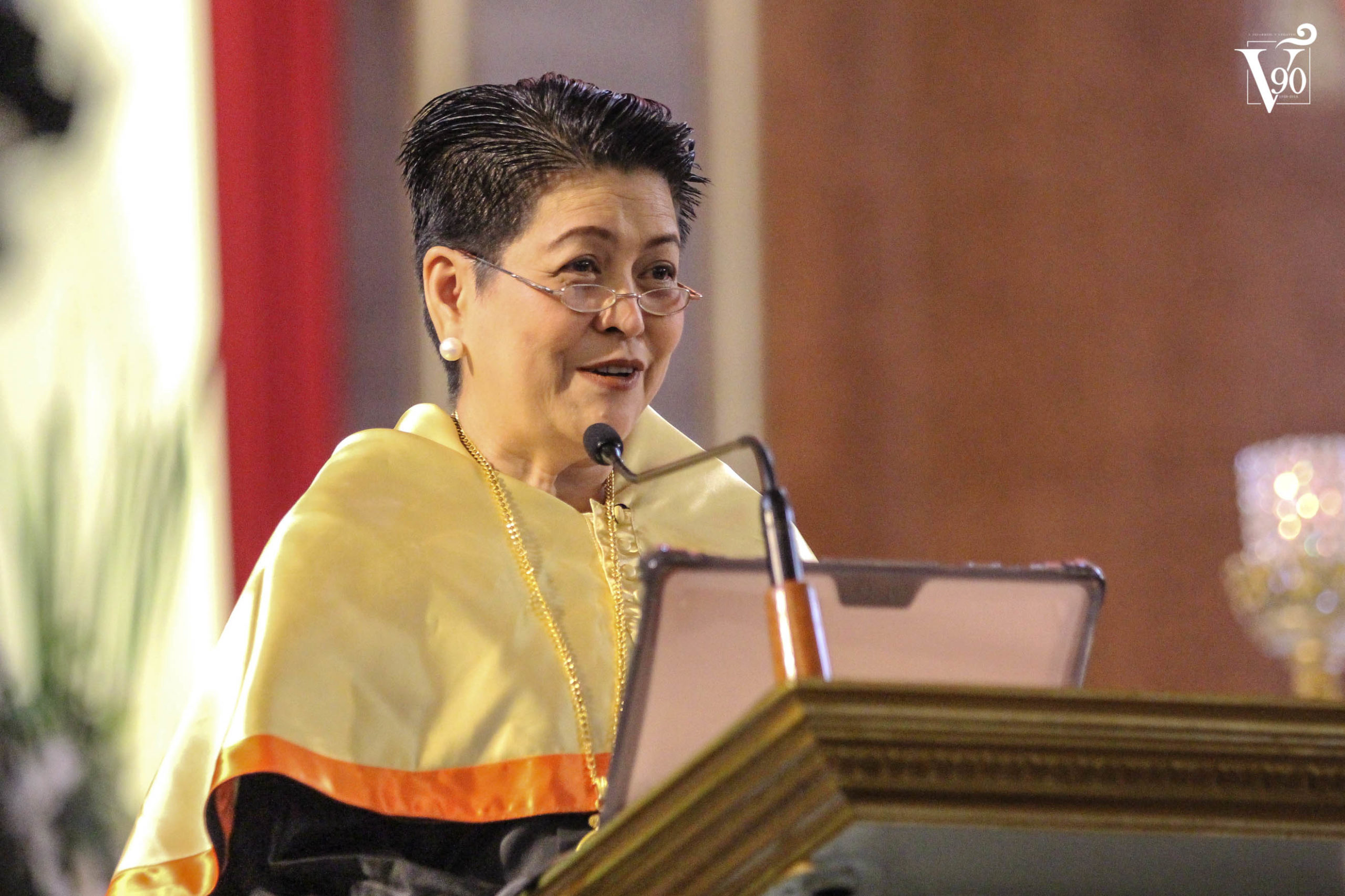UST HAS begun an early retirement program for non-teaching staff in a bid to control costs.
Vice Rector for Finance Fr. Manuel Roux, O.P. released a memorandum last Aug. 15 announcing the voluntary retirement program (VRP), which would offer “120 percent of the basic monthly salary per year of service.”
To be eligible, an employee must have “served the University for 10 years of credible service period,” and is below 63 years old, the memorandum said.
The support staff is composed of the non-academic employees, which include clerks, custodians, and technicians.
“Service equivalent to a fraction of six months or more shall be considered as one year of service,” the memorandum said. “Vacation leave balances are to be consumed before the [effectiveness] of the retirement otherwise the unused vacation leave shall be forfeited.”
Approval of the application, which must be submitted to the treasurer’s office on or before Nov. 30, shall be “purely the prerogative of management.”
Employees will have to submit information on basic gross monthly pay and net monthly pay together with outstanding loan balances and benefits received.
Data from the accounting department of the treasurer’s office showed that only three VRP applicants have been approved out of 477 support staff of the University, as of Nov. 22.
Jacqueline Kaw, Human Resource Department director, said the VRP is a “management prerogative.” University Retirement Board chairman Fr. Richard Ang, O.P. and Roux, meanwhile, declined to comment.
Marisa Garcia, legal counsel of the Department of Labor and Employment’s Bureau of Labor Relations, said there are two types of retirement programs: compulsory and voluntary.
“Voluntary means, as a general rule, that it’s the employee’s prerogative to choose when to retire. For example, if the employee is 60 and wants an early retirement, he can file for retirement,” Garcia said.
Compulsory retirement, meanwhile, applies to employees who reach 65 years old.
Voluntary retirement may be offered depending on the collective bargaining agreement (CBA) between the company and employees, Garcia added. In the absence of a CBA, the administration can still offer a VRP, she said.
Republic Act No. 7641 or the Retirement Pay Law states that “in the absence of an agreement providing for retirement benefits or employees in the establishment, an employee upon reaching the [retirement] age, may retire and shall be entitled to retirement pay equivalent to at least one-half month salary for every year of service, a fraction of at least six months being considered as one whole year.”
“Ang isang kompanya, alam niya kung malulugi siya o alam niya kung saan siya kikita,” Garcia said. “Siguro na-compute nila na in the long run mas advantageous if they will terminate employees kasi hindi na nila kailangan.”
Samahan ng mga Manggagawa sa UST (SM-UST) President Restituto Llamas said the support staff’s CBA has not yet been ratified. SM-UST is the collective bargaining agent of the University’s non-teaching employees. Nikka Lavinia G. Valenzuela and Cez Mariela Teresa G. Verzosa
















